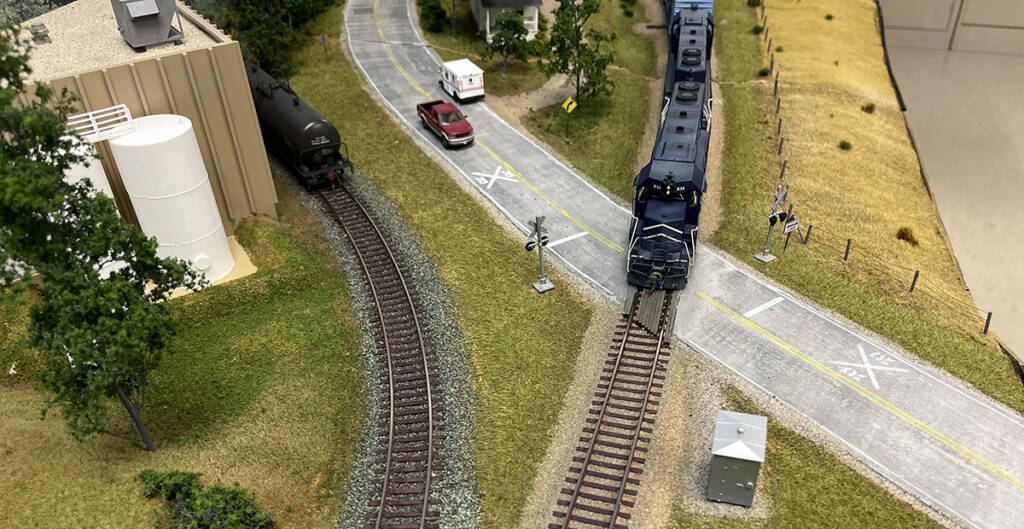
By the time you’ve laid and wired your track and installed your train and turnout control system, it’s easy to let construction of your new layout take a back seat to running trains. After all, the entire purpose of building the layout is to be able to have a place to enjoy operating your model […]
Read More…
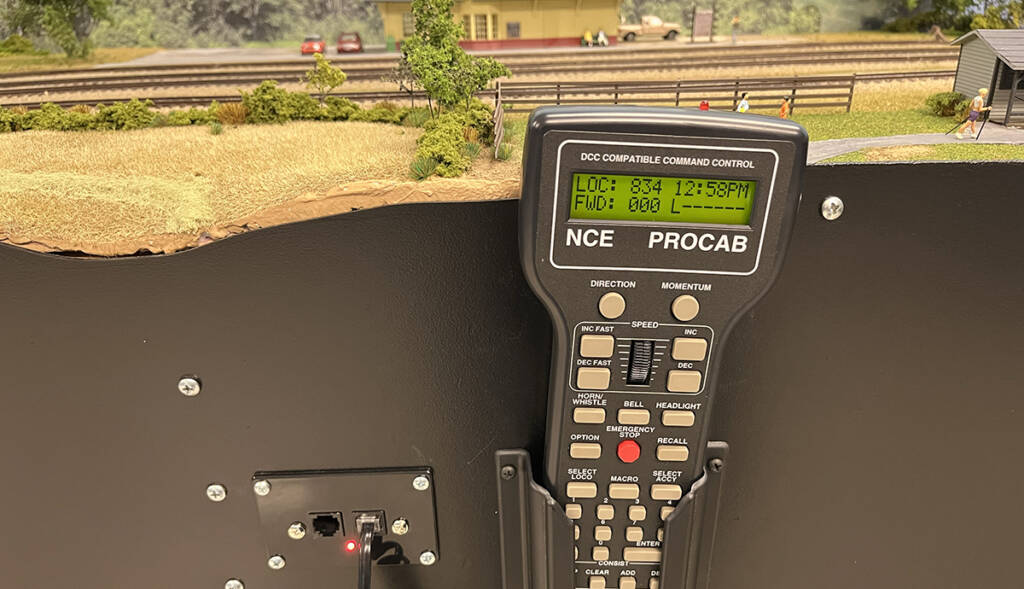
We pick up where we left off in part one. Having recently completed the roadbed, track, and wiring on our East Troy Industrial Park project layout, we advance now to… Digital Command Control Digital Command Control (DCC) is the best way to power and operate a brand-new model railroad. The biggest advantage of DCC is […]
Read More…
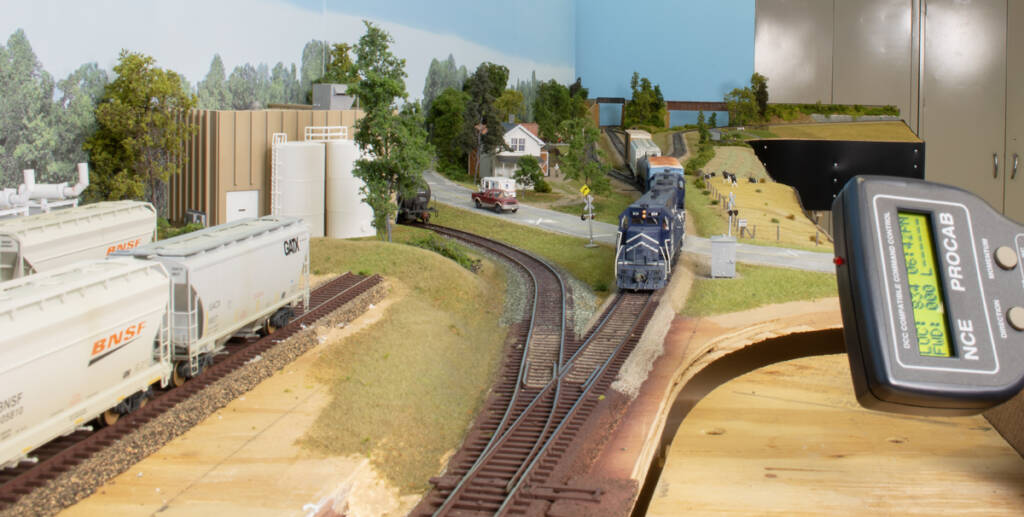
There’s nothing quite like that feeling of running a “first train” on a new model railroad. Although the scenery is still bare benchwork, the look and sound of those first wheels rolling under their own power along nickel-silver rails produces a thrill that never gets old. By the time we reach the conclusion of this […]
Read More…
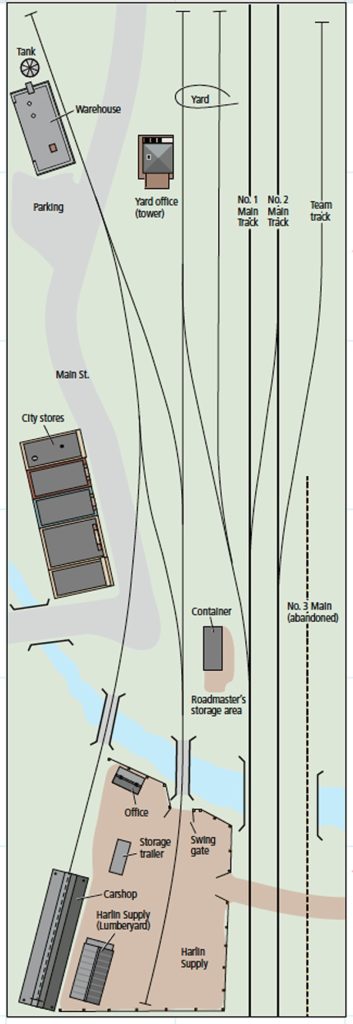
Let’s be frank, not all of us have the luxury of immense space for a massive model railroad empire. But that doesn’t mean you can’t enjoy the hobby, even in the most cramped room. By turning the pages of past issues and books by the Model Railroader staff, here are five recommendations for compact track […]
Read More…
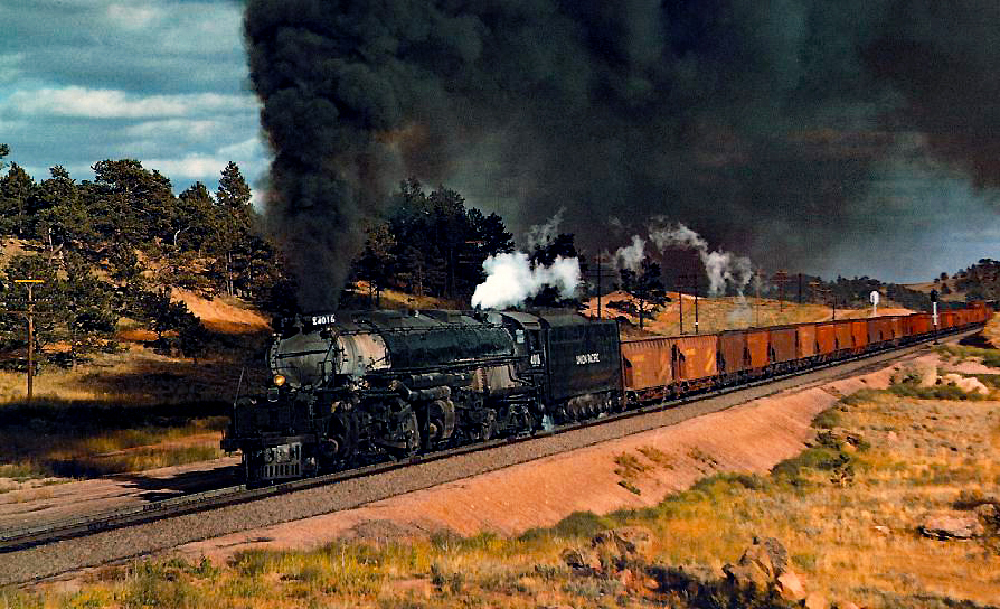
It’s a cliché to refer to a decade as a “decade of change.” In the summation of our nation’s history, what decade wasn’t a decade of change? Change is perhaps the great constant of American history, and in many ways it is that forward-looking dynamism that keeps America at the vanguard of the international community. […]
Read More…

From Midwest farmlands to the Pacific Coast, and the mountains and deserts in between, the Atchison, Topeka & Santa Fe Railway offers a buffet of modeling opportunities. This popular former Class I railroad has captured the hearts of model railroaders, and there are many modeling products and materials readily available to help modelers go “Santa […]
Read More…
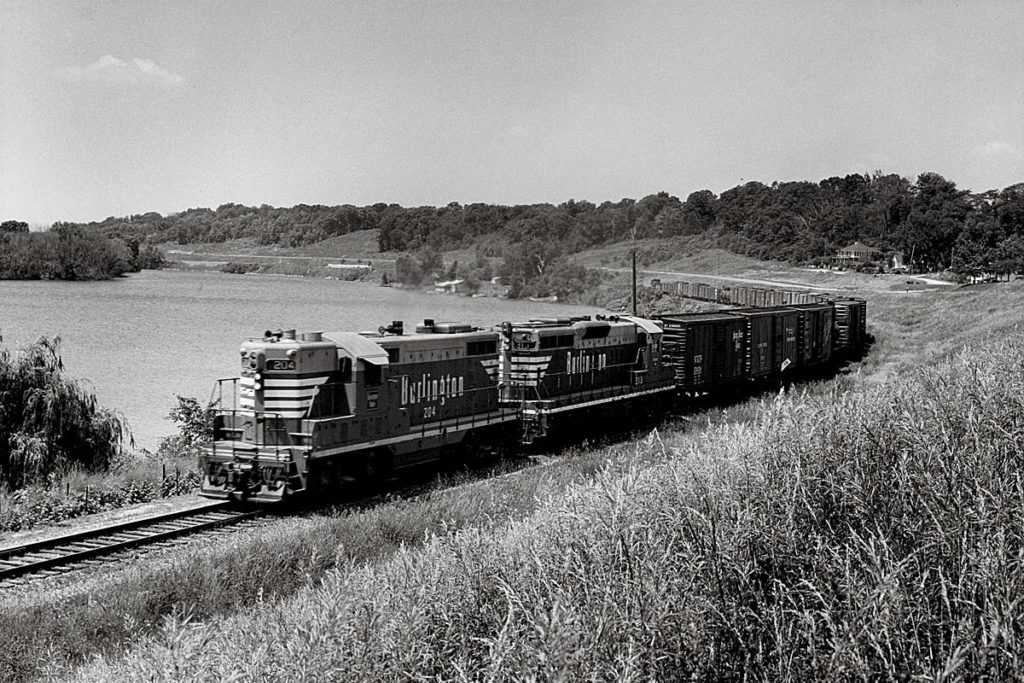
When designing their layouts, many model railroaders gravitate towards the 1960s. It’s easy to understand why — to many in the hobby, the 1960s represents one of the most dynamic decades in American railroading, as the last vestiges of steam power faded and diesel locomotives began their reign over America’s rail network, a reign which […]
Read More…

Are you searching for inspiration for your next model railroad project? Whether you’re just starting out, have some experience, or are an advanced modeler, we’ve gathered a collection of creative track plans for every skill level to get your creative juices flowing. Based on designs from our staff and fellow model railroad enthusiasts, these plans […]
Read More…
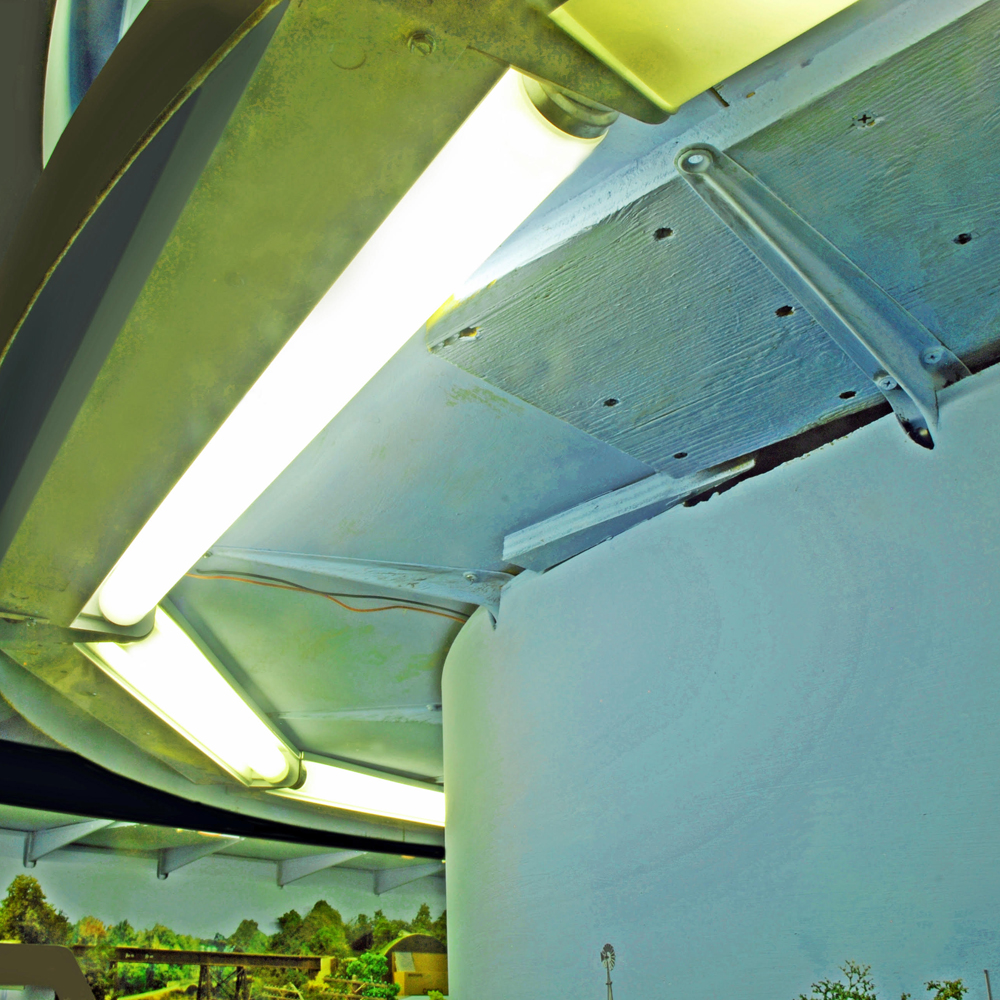
Q: I have a bedroom sized N scale railroad with a four track staging/fiddle yard on one wall. I would like to run a branch line to a quarry over the staging, but I am concerned about the gradient to get the tracks to the right height. I will need about 6″ clearance for my […]
Read More…
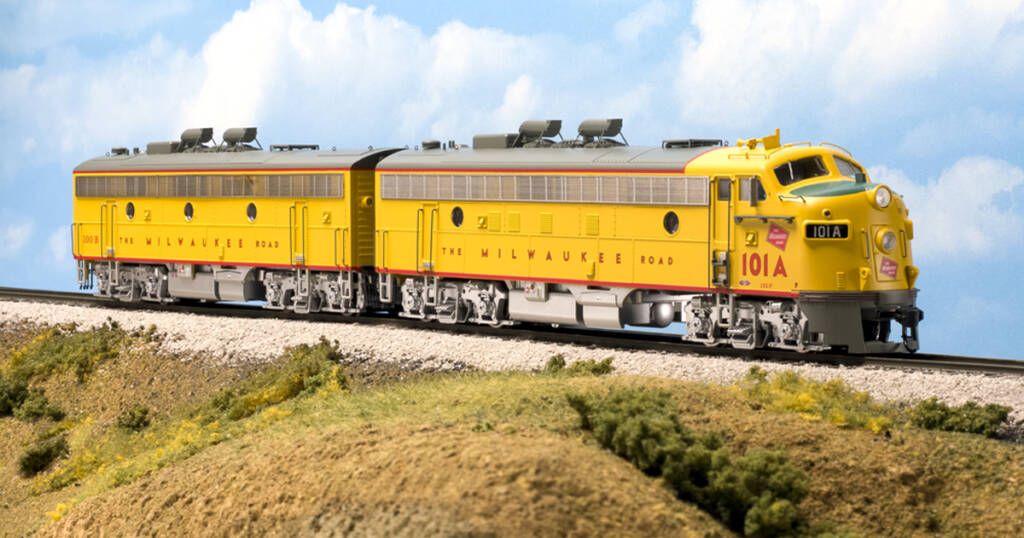
Most model railroaders strive for accuracy in the construction of their model railroad layout. Of course there are modelers who do not, and of course “accuracy” means different things to different modelers, but broadly, accuracy, in one form or another, is the target for most model railroaders. When constructing their model railroad layouts, many modelers […]
Read More…
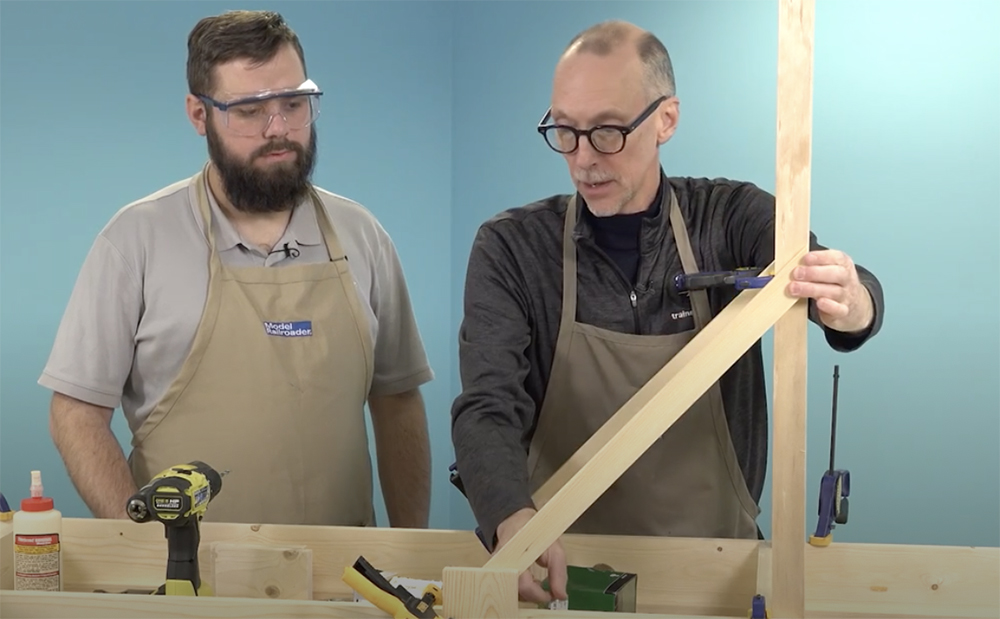
Once we had the L-girders built, it was time to turn our attention to adding the legs and support bracing for the layout. We constructed the legs as simple subassemblies with their own cross bracing. It all bolts to the L-girder frames using ¼” carriage bolts, wing nuts, and washers. We used more dimensional lumber […]
Read More…
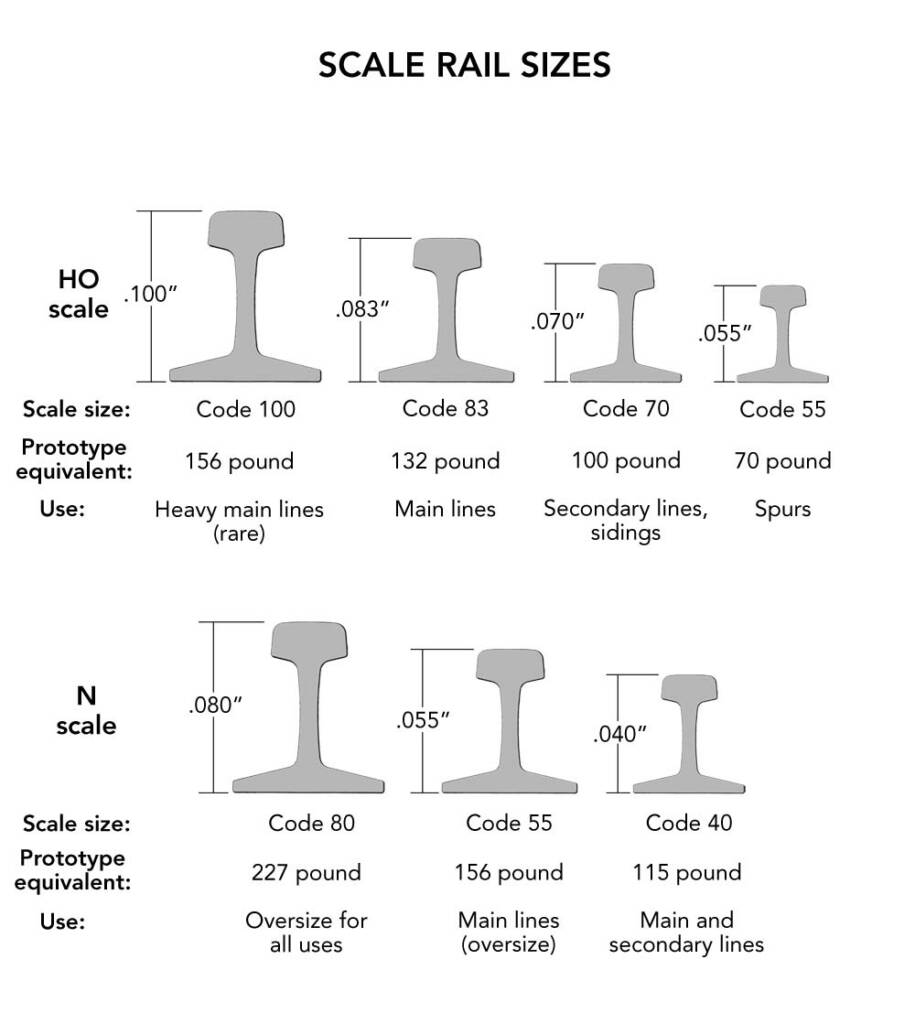
Track selection is among the first decisions you’ll have to make when you get started in model railroading, second only to scale. In HO (1:87.1), the two most commonly used track sizes are code 100 and code 83. “Code” refers to the height of the rail, measured in thousandths of an inch. For a lot […]
Read More…












